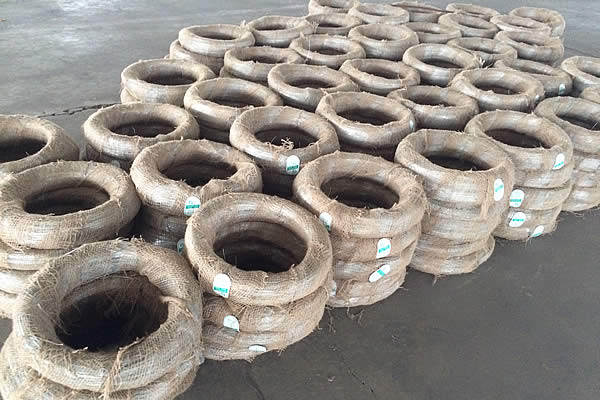 TEL:
+86-13102802206
TEL:
+86-13102802206
 Email:
fencenetting@china.com
Email:
fencenetting@china.com
 Language
Language
 TEL:
+86-13102802206
TEL:
+86-13102802206
 Email:
fencenetting@china.com
Email:
fencenetting@china.com
 Language
Language


The Benefits of Using Gabions for Retaining Walls
Retaining walls have long been an essential feature in landscaping and civil engineering, serving the vital purpose of holding back soil and preventing erosion. Among various materials and construction methods available, gabions have emerged as a popular choice for building retaining walls. These wire mesh cages filled with stones, rocks, or other materials offer numerous advantages that make them a standout option in various applications.
What are Gabions?
Gabions are rectangular cages or baskets made out of steel wire mesh, designed to hold specific materials such as rocks, concrete, or recycled aggregates. Often used in pairs stacked upon each other, they create a flexible and stable structure ideal for retaining walls. Their design allows for effective drainage, reducing hydrostatic pressure, and minimizing the risk of wall failure.
Aesthetic Versatility
One of the most appealing aspects of gabion walls is their aesthetic versatility. Gabions can be filled with a variety of materials ranging from natural stones to bricks or recycled materials, creating unique textures and colors. This allows architects and landscape designers to integrate gabion walls into their projects seamlessly, enhancing visual appeal while serving functional purposes. For instance, more colorful stones can elevate a garden's charm, while rustic local stones can blend harmoniously into rural settings.
Environmental Benefits
Gabions are an environmentally-friendly option for retaining walls. By using locally-sourced materials for filling the gabions, the environmental impact associated with transportation is reduced. Moreover, gabion structures encourage vegetation growth by allowing water to permeate through the gaps between the stones. This not only helps control erosion but also promotes biodiversity by providing habitats for various species. Their open structure facilitates water infiltration, minimizing runoff and effectively managing stormwater.

Strength and Durability
The strength of gabion walls lies in their ability to adapt to the pressures exerted by the soil or water behind them. Unlike rigid structures, gabions can shift and settle without losing their integrity, making them particularly well-suited for regions prone to seismic activities or soil movement. Additionally, gabions are resistant to weathering, corrosion, and biological deterioration, giving them a long lifespan with minimal maintenance.
Cost-Effectiveness
From a financial standpoint, gabions can be a cost-effective solution for retaining wall construction. The materials used to fill gabions are often readily available and inexpensive, especially if local stone is utilized. The installation of gabion walls also generally requires less specialized labor expertise compared to traditional poured concrete walls. This simplicity translates to lower construction costs and reduced timeframes.
Applications
Gabions are not limited to just retaining walls; they serve various other applications, including slope stabilization, riverbank protection, and even decorative features in urban landscapes. Their flexibility in design and construction makes them an excellent choice for private landscaping projects as well as large-scale civil engineering works.
Conclusion
Gabions for retaining walls provide a multitude of benefits ranging from aesthetic versatility, environmental friendliness, and durability to cost-effectiveness. With their ability to integrate into various landscapes and functionalities while addressing soil stabilization and erosion control challenges, gabions represent a modern solution that marries practicality with ecological integrity. As the demand for sustainable construction practices continues to grow, gabion retaining walls are poised to remain a popular choice for engineers, architects, and homeowners alike.